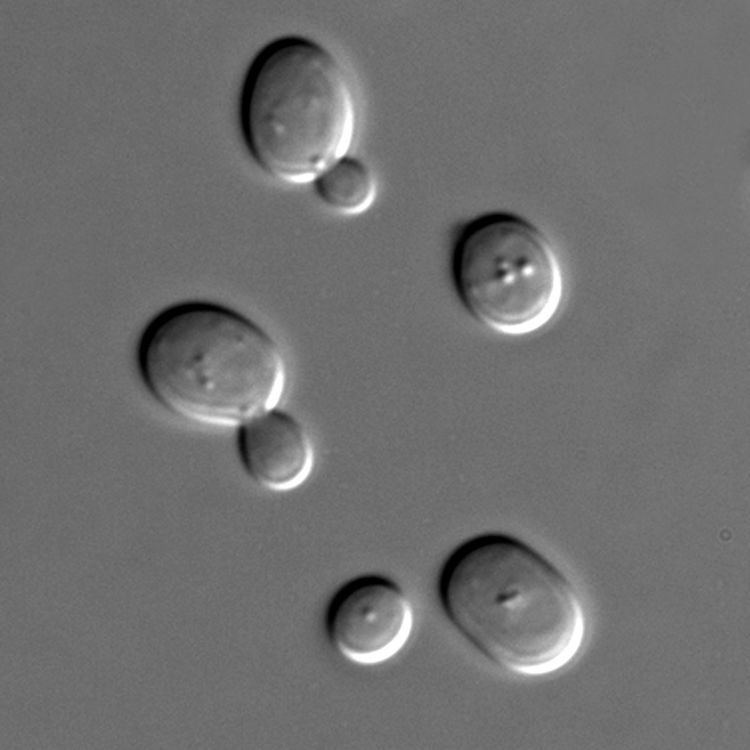AntigenIsoform Mannans Affectedtissue(s) Epithelium | Affected organ(s) Large Intestine | |
 | ||
Antigen Source | ||
Anti-Saccharomyces cerevisiae antibodies (ASCAs) are antibodies against antigens presented by the cell wall of the yeast Saccharomyces cerevisiae. ASCAs and perinuclear antineutrophil cytoplasmic antibodies (pANCAs) are the two most useful and often discriminating biomarkers for colitis. ASCA tends to recognize Crohn's disease more frequently, whereas pANCA tend to recognize ulcerative colitis.
Contents
ASCA antibodies react to a protein called a yeast mannan, a 200-kDa glycoprotein. Diseases in which ASCA are found include the following:
Intestinal yeast and ASCA+. Intestinal yeast infections are seen in malabsorptive diseases like coeliac disease. In Crohn's disease and ulcerative colitis the presence of intestinal S. cerevisiae is rare, but the association with irritiable bowel in coeliac disease remains unstudied.
Anti-mannans
Mannan (oligomannan) is a component of the yeast cell wall. Antibodies to yeast mannans are found at increased frequency in Crohn's disease and ASCA+ Crohn's tend to have lower low levels of mannan-binding lectin. Experimentally, antibodies to mannans from yeast can also crossreact to mannans of other types of yeast. Study of the sugars indicated that a mannotetraose (4-mer) was responsible for highest response. Studies of the 200 kDa glycoprotein antibodies found them commonly in healthy people, suggesting that the disease associated antibodies are to their carbohydrate moieties. Mannans from other yeast, for example candida albicans, have found to cross react with ASCA which suggests that other yeast may induce ASCA associated diseases.
Mannan-binding lectin (MBL) is a lectin produced by humans. In ASCA+ Crohn's disease the serum level of this protein is lower. Cellular response to mannan in ASCA+ peripheral blood lymphocytes could be inhibited by adding MBL, however, a high frequency of mutations in the MBL gene was found in ASCA+ patients.
Crohn's disease
ASCA are consistently higher in frequency in Crohn's disease. Yeast cause a three-fold increase in lymphocyte proliferation relative to normal controls. The ASCA antibodies are also more frequently found in familial Crohn's disease. An altered humoral and cellular response to mannan is observed and may be due to a loss of yeast tolerance. This alteration is marked by increased activation markers, CD25/CD69, upon proliferative stimulation of T-helper lymphocytes. ASCA+ is a predictor for Crohn's disease with high specificity and positive predictive value (87% and 78% respectively). ASCA are associated with proximal (gastroduodenal and small bowel involvement) rather than purely colonic disease (P < 0.001) and with a more severe disease phenotype and requirement for surgery over a median follow-up time of 9 years (P < 0.0001). There is no association between genetic markers for Crohn's disease and NOD2/CARD15 or MP (IgA or IgG) indicating heterogeneous causes for Crohn's disease. [Note: CD is a common abbreviation for Crohn's disease. It is more commonly used for coeliac disease which may be primary to some forms of colitis. When reviewing abstracts for colitis, it is important to note the abbreviation is used for both.]
